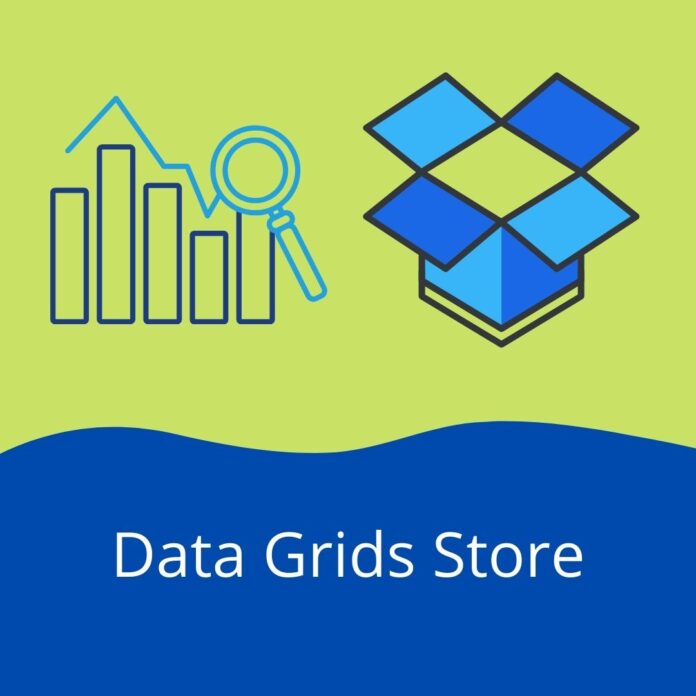For years, businesses have been using so-called “big data” to stay a step ahead of the competition. Analyzing data and identifying relevant patterns help provide insights that could help push businesses to greater heights, and maybe even discover opportunities that they never thought possible. Market trends change constantly, and the global pandemic has made these change patterns more unpredictable than ever before. Data analytics has become the strategy of choice for organizations that are looking for a competitive edge or those on the verge of a digital transformation.
More than data, methods of storing and analyzing it has become a hot topic, as organizations consider the tools required to handle the large amounts of data they gather on a daily basis. This amount continues to grow at a steady rate, and it shows no intention of stopping anytime soon. Today, 2.5 quintillion bytes of data are generated online each day, with the big data market predicted to grow up to $274.3 billion in 2022. It’s also estimated that 97.2% of companies have already started investing in big data technology. Forward-thinking companies are leveraging innovative computing solutions like in-memory data grids (IMDGs) to help in the storage, processing, and analysis of even the most complex data.
Why In-memory Data Grids are the Future
In the current data-driven world, the business that masters data science and analytics is king. Because data has been ingrained into vital aspects of business, like marketing and business process automation, it’s practically at the heart of everything a business does. Conventional solutions can no longer address the new challenges that big data brings; fortunately, in-memory data grids are up to the task.
An IMDG is designed to manage fast-changing data to identify patterns and trends that require immediate action or provide actionable insights that could help in planning and data-driven decision making. Integrating it into business systems provides two main advantages: the use of main memory (RAM) instead of disk and the ability to run across a form of servers seamlessly. By using RAM, an IMDG does away with the typical I/O bottleneck caused by constant access to disk. This, in effect, minimizes data movement within the network to enable easy scalability and ensure data synchronicity even if computers or servers are in geographically different sites. Using an IMDG means you can run near real-time “what if” analyses on stored data. It eliminates the sequential bottleneck that plagues stand-alone database servers and NoSQL stores, taking performance to the next level.
Although the IMDG isn’t a new technology, adoption has been hindered by the hesitance of businesses to contend with the changes necessary in the process of impIementation. Considering how data-driven the current business landscape is, it’s a change that all businesses will have to contend with sooner or later—and those that adopt it sooner will have an edge over late-adopters.
Below are three reasons to use an IMDG right now.
- An IMDG can complement instead of replace database servers.
An IMDG can be used seamlessly in conjunction with database servers, which can serve as authoritative repositories for transactional data and long-term storage. Integrating it into an overall storage strategy entails separating the application code used for business logic from the code used for data access. Integration allows you to access data from the database server if it can’t be found in the distributed data grid. Although an IMDG can store fast-changing business logic data, this feature is useful for certain types of data, including product or customer information. - An IMDG stores data as collections of objects instead of relational
database tables.
Because an IMDG stores data as collections of objects, they match how business logic views in-memory data, making it easy to integrate into existing applications using simple API’s that are available for most modern programming languages, including Java, C++, and C#. Scaling is also made simple due to an IMDG’s distributed architecture; throughput and storage capacity are easily scaled just by adding more nodes to the cluster, which can also be removed when no longer needed. Compared to a stand-alone database server, IMDGs can store and access large amounts of data faster, while retaining data integrity even when hosted within a large server farm. - An IMDG allows for the “map/reduce” programming pattern.
Once data is hosted in an IMDG, quick scanning of data for detecting patterns and trends becomes easier by using the two-step method known as “map/reduce.” IMDG’s provide the infrastructure required to run the map/reduce analysis code in parallel to analyze large amounts of data. The first step in the analysis involves analysis of data for relevant patterns by writing and running an algorithm that looks at one object at a time. After that, generated results are combined or “reduced” to determine the overall result that, ideally, identifies a relevant trend.
The Future of Data is in the Grid
As companies find ways to contend with the large volumes of data they need to manage and the ever-changing market trends, the in-memory data grid becomes a more feasible computing solution by the minute. Organizations and customers demand near-instant results, and this demand can only be met by a powerful in-memory solution like the IMDG.
An IMDG simplifies application development without compromising performance so it can help lessen the burden on IT teams and get teams and applications running with minimum intervention. The use of RAM also ensures low latency and maximum throughput while also minimizing network bottlenecks. At the end of the day, the most important consideration is having a long-term strategy for accelerating existing applications and rolling out new ones. Combining the relational databases with the flexibility of IMDGs will help provide support for a streaming analytics engine and deep learning frameworks. Combined with fast data processing and low latency, gathered data can provide near real-time insights , present potential scenarios, and recommend actions to get the best possible business outcomes.















